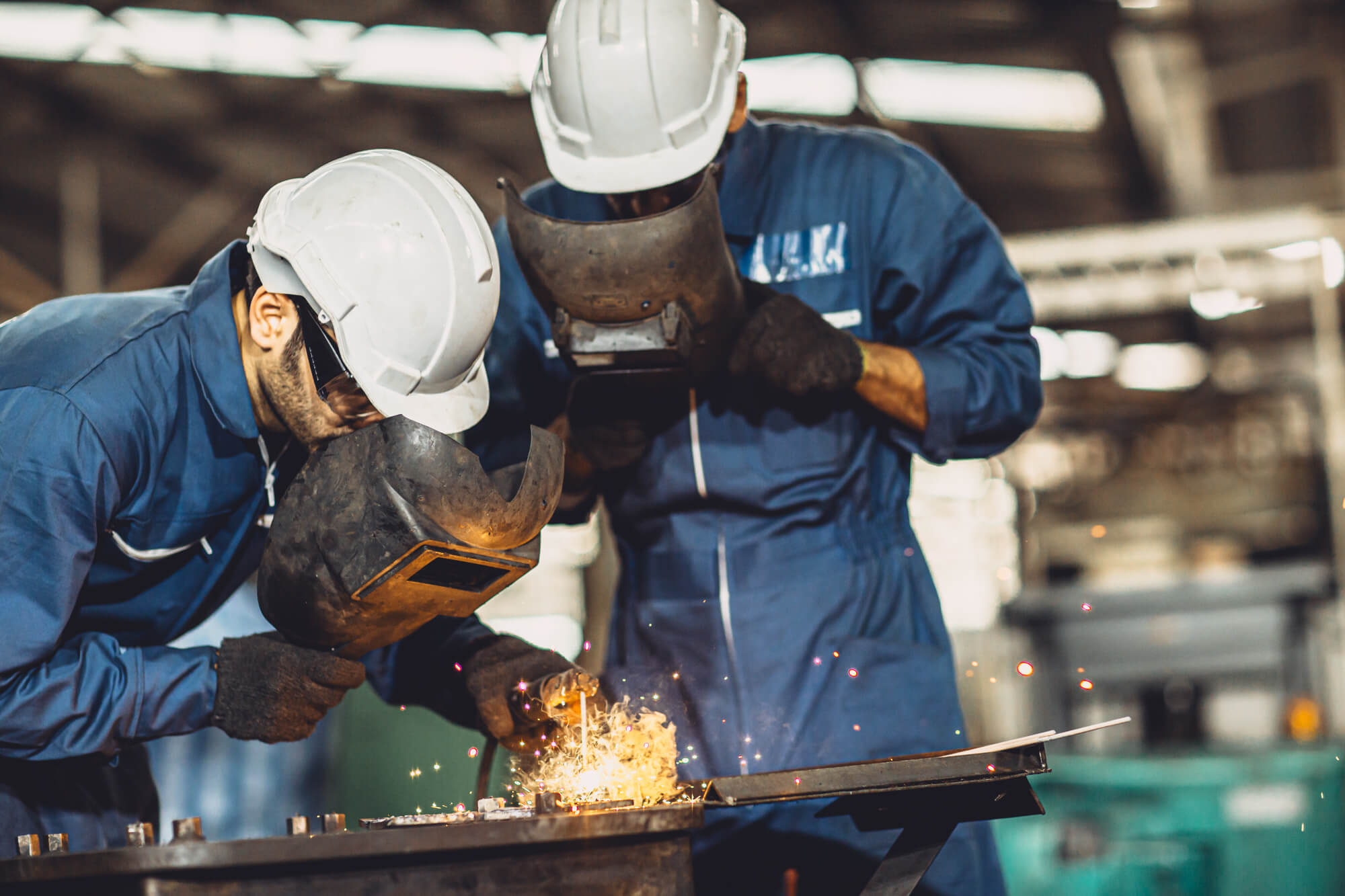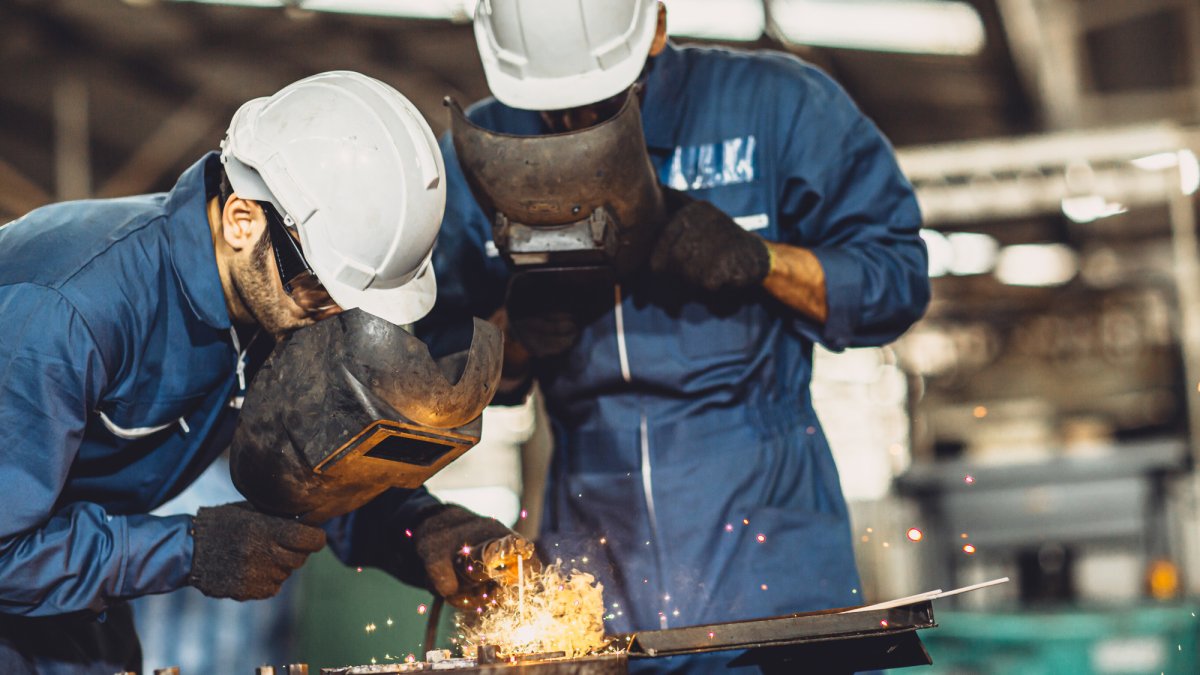
Selecting the right welding gear is critical for home improvement, especially metalwork. It ensures the success of DIY projects by providing the necessary tools and equipment. Quality welding gear eases the process and prevents frustration from using subpar or inappropriate equipment for specialized tasks.
This guide helps homeowners select appropriate welding gear for home improvement, ensuring safety, efficiency, and quality in metalwork.
Understand The Basics Of Welding
Before discussing welding gear specifics, understanding the basics is important. Welding is a process of joining two pieces of metal together by melting the surfaces and adding a filler material. This process requires precision, control, and the right equipment. There are several types of welding, including MIG (Metal Inert Gas), TIG (Tungsten Inert Gas), and Stick welding, each suitable for different applications and skill levels.
Assess Your Welding Needs
Evaluating your welding requirements is a crucial step in home improvement projects. The extent and complexity of your project directly influences the required welding equipment. Simple tasks or minor repairs often only need basic gear suitable for light work and thin materials.
However, intricate projects, especially with thicker materials, require advanced welding tools for greater precision and power. Carefully considering the nature of materials to be handled is essential. Understanding their properties and the details needed in your work can help you select the appropriate equipment, ensuring both efficiency and quality in your projects.
Select The Right Welding Equipment
Selecting the right welding equipment is a nuanced process, as a wide range of welding equipment exists to meet diverse needs. This selection encompasses various types of machines, essential safety equipment, and accessories. The key factors guiding this choice include the specific welding technique you intend to employ (such as MIG, TIG, or Stick welding), the material thickness you’ll be dealing with, and your own skill level and experience in welding.
Each of these aspects plays a critical role in determining the most suitable welding tools, including angle grinders, ensuring effectiveness, safety, and comfort.
The common welding equipment and gear include:
Welding Machines
- MIG Welders: Ideal for beginners, MIG welders are versatile and easy to use. They are suitable for a variety of materials and thicknesses.
- TIG Welders: TIG welding requires more skill but offers greater precision. It’s best for thin materials and delicate projects.
- Stick Welders: These are more basic and suitable for outdoor use and thicker materials.
Safety Gear
- Helmets: These are essential for protecting your eyes and face. Look for auto-darkening helmets for better visibility.
- Gloves: High-quality welding gloves are necessary to protect your hands from heat and sparks.
- Aprons and Jackets: Flame-resistant clothing is crucial for body protection.
Accessories
- Clamps and Magnets: These are used for holding metal pieces in place.
- Welding Tables: These can provide a stable and safe surface for welding.
- Wire and Electrodes: Different materials and thicknesses require different types of welding wire and electrodes.
Selecting the right equipment ensures successful home upgrade projects.
Understand Welding Safety
Welding safety involves several key practices. For instance, you should always operate in a well-ventilated space to avoid inhaling harmful fumes. To prevent injuries, wear protective gear like helmets, gloves, and fire-resistant clothing. Stay vigilant about potential fire hazards, keeping a fire extinguisher within reach.
Moreover, thoroughly acquaint yourself with your welding equipment and understand its functioning to ensure safe and effective use. This preparatory knowledge is vital in preventing accidents and ensuring a safe working environment during your projects.
Maintain Your Welding Equipment
Welding equipment maintenance is crucial for both longevity and safety. Regular cleaning is essential to prevent the buildup of materials that could impair functionality. Inspect your gear for damage, such as cracks or wear, to prevent malfunctions or accidents. Store equipment in a dry, secure location to protect against environmental degradation. Adhere to the manufacturer’s maintenance instructions and recommended schedules for part replacement to ensure optimal performance. Such diligent care extends the life of your welding gear and guarantees its safe and reliable operation during your projects.
Buy Welding Gear From Reputable Sellers
When purchasing welding gear, it’s important to choose reputable sellers to ensure quality and reliability. Options include hardware stores, online retailers, and specialized welding supply stores. Choose well-known brands and authorized dealers, often offering warranties and protection against defects.
Additionally, these sellers offer customer support, assistance, and advice on product use and maintenance. Informed decisions from trusted sources guarantee equipment quality and provide peace of mind and support.
Final Thoughts
Choosing the right welding gear is crucial for the success of your home improvement projects. By keeping the tips mentioned above in mind, you can ensure a smooth and safe welding experience. The key to successful welding is practice, precision, and the right tools.
Andres Walsh
Related posts
Stay connected
- How LoveOn Chat Is Becoming the Most Versatile AI Companion for Digital UsersThe internet keeps shifting toward hyper-personal interaction, and AI companions are at the center of this shift. What used to be simple chatbots are now evolving into emotionally aware, adaptive, and multi-functional digital partners. Among the new generation of platforms, LoveOn Chat is becoming one... The post How LoveOn Chat Is Becoming the Most Versatile […]

